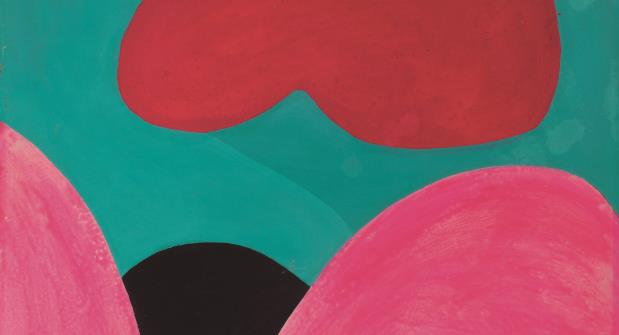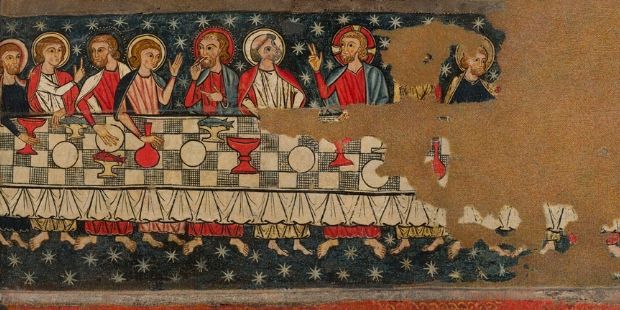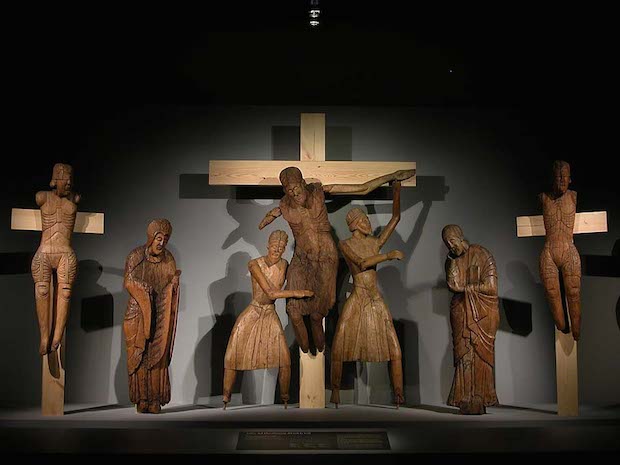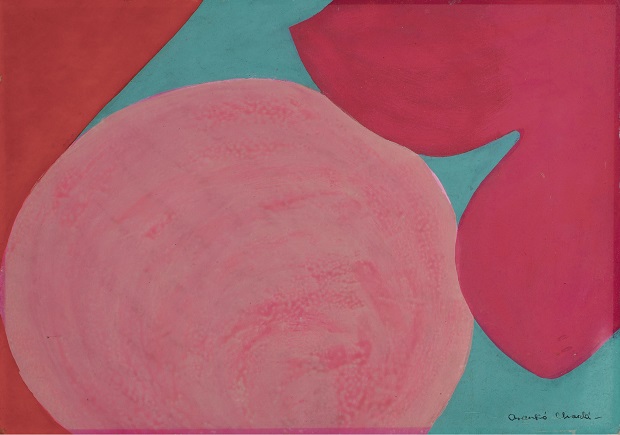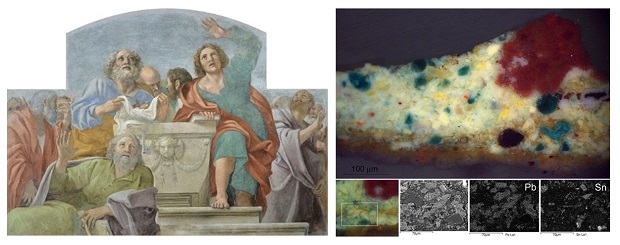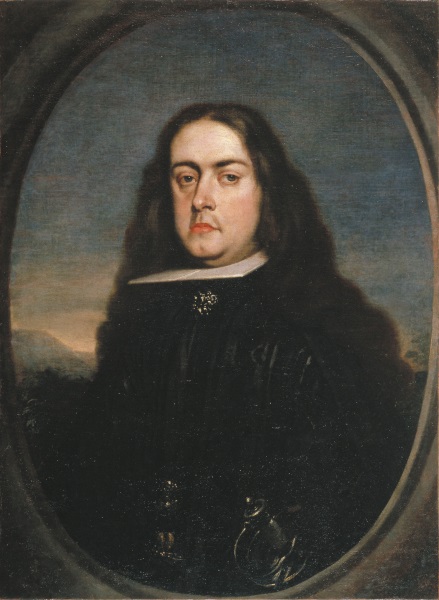
Joan Yeguas In 1949, along with the main group of paintings from his collection, the portrait of a gentleman – with inventory number 64995 – entered the museum via the bequest of Francesc Cambó i Batlle (Verges, 1876 –Buenos Aires, 1947). On the back of the canvas there was an inscription in French that has…
Read more


